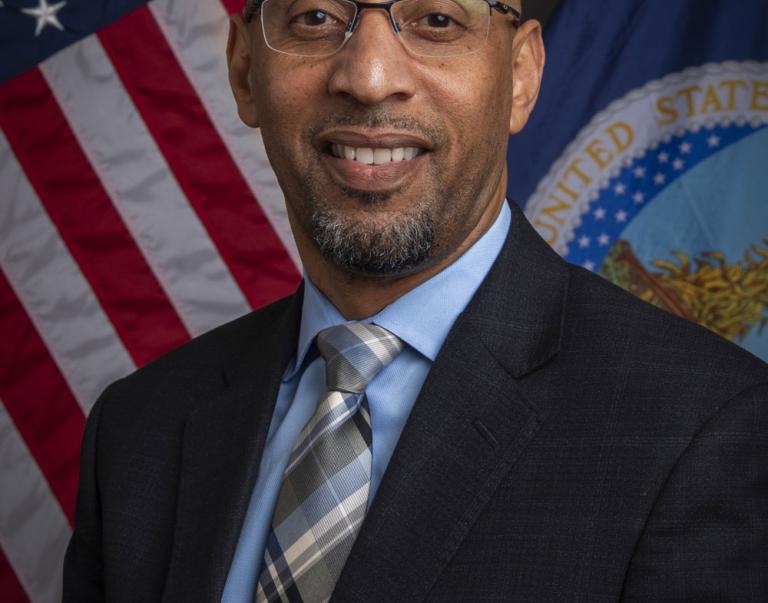
John Miller got the call at 12:45 a.m. on Sept. 7, 2007.
Freeborn Lumber Company – the business John’s grandfather bought in 1946 and John purchased from his father in 1986 – was burning to the ground. Less than 30 minutes later, the nearly 100-year-old building was destroyed. Lightning struck a phone line next to a gas line and that was it. Firefighters arrived less than five minutes after getting called, but there was nothing they could do.
So what does the owner of a business that’s been in the family for over 60 years do when the business burns down? He gets right back to work.
By 7 a.m. the next morning, John and his staff were using the old city hall building in town to fill orders and keep operating. John says he’s never had a “down” year and he wasn’t going to let a fire change that.
By April 14, 2008, Freeborn Lumber was building a new facility just down the road in the nearby town of Albert Lea, Minn. By Labor Day, all 20 employees were moved in.
Even though the new facility is bigger than the old one, John’s heating and cooling costs are about one-fourth of what he previously paid. Using a grant from USDA’s Rural Energy for America Program (REAP), John installed a geothermal system to become more efficient and save on energy expenses.
“We did a crash course on how to apply and wrote the application ourselves,” Miller said. “Without the REAP program, I’m not sure how feasible it would have been to do this.”
Freeborn Lumber's geothermal system consists of three water-to-water heat pumps and a horizontal bore earth loop field. The water-to-water heat pumps transfer energy from the earth to the building during the heating months and reject energy into the earth during the cooling months.
Approximately two-thirds of the energy required for heating Freeborn Lumbers building comes from the ground while the other one-third is used in running pumps and compressors.
“It’s performing really, really well,” Miller said.
Freeborn Lumber is a rural and family business success story and the success doesn’t appear to be slowing down anytime soon.
“I’m honored that USDA played a role in helping Freeborn Lumber rebuild and become more energy efficient,” said Colleen Landkamer, Minnesota Rural Development state director. “We’re using the energy we have right in our own backyard and helping a rural business. That’s a definite win-win.”


